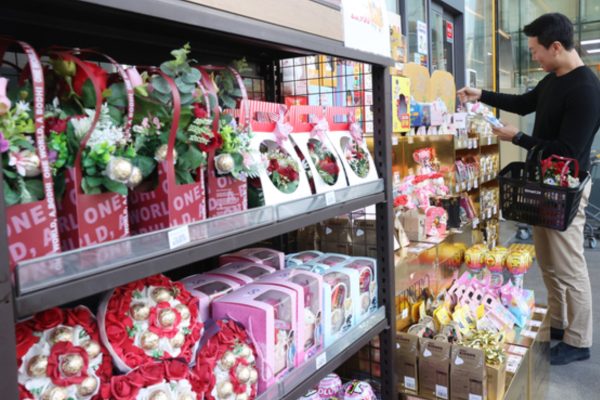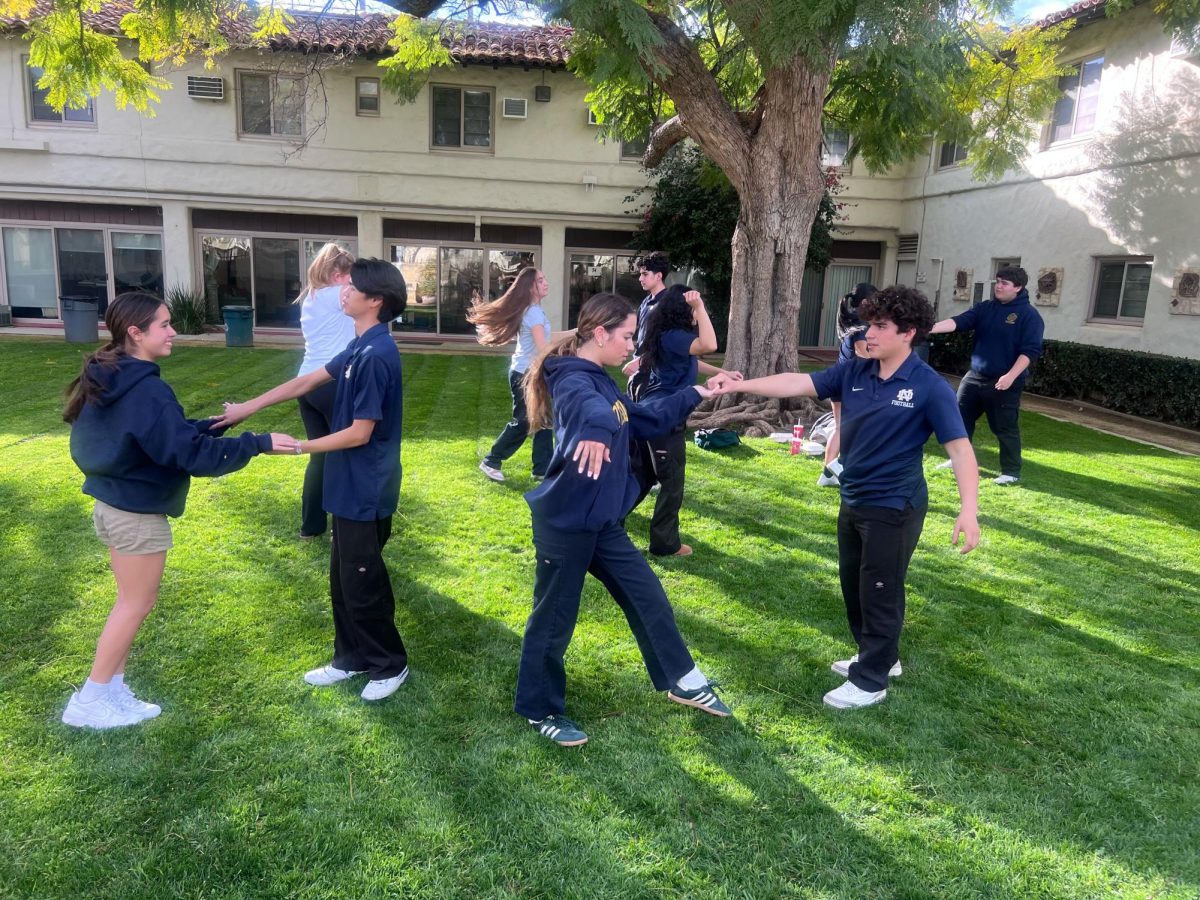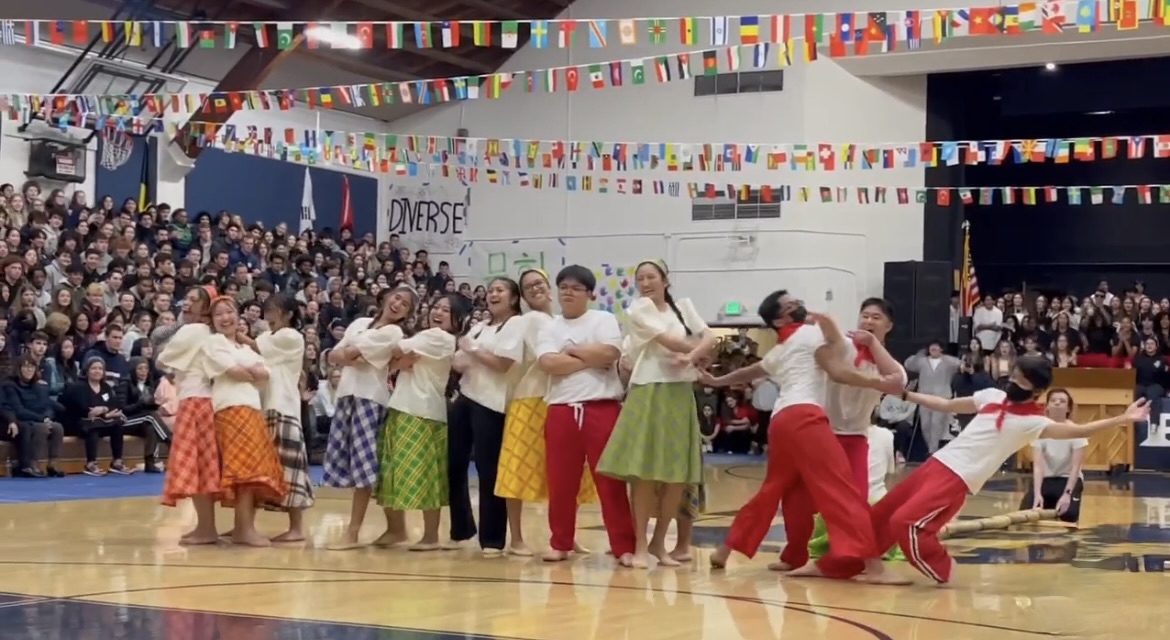Valentine’s Day is a unique holiday. Although its origins are both religious and historical, it is not a national holiday celebrated with a day off from work. Yet its importance has evolved into a highly anticipated (or dreaded) day of the year. What else can we expect from a day that places love in the spotlight?
Whether it is romantic love or love shared between close friends and relatives, the day, which has seen its share of criticism for being over-commercialized and a “money grab,” still resonates positively with many people.
In America, people express their affection for each other by buying chocolates, flowers, teddy bears, cards, or other meaningful tokens. Couples might go on dates. Friends might have small or large gatherings.
Valentine’s Day is a holiday everyone can enjoy. It’s not just for couples anymore.
But how is Valentine’s Day celebrated in other countries?
Japan, South Korea, and Taiwan have similar Valentine’s Day traditions. February 14th is the day that women give gifts to the significant men in their lives. In some cases, the gesture of giving such a gift is accompanied by a “confession” of love.

So, what about the men in these countries? One month later, on March 14th, men reciprocate the gesture by giving women gifts.Known as “White Day,” so called to symbolize purity and sincerity, men not only give gifts that are white, but they are also expected to follow “the Rule of Three.” This mean that men must give women gifts that are three times the value of what they received on Valentine’s Day.
Similar to traditions in the West, the Valentine’s Day has evolved to include platonic love between friends and co-workers.
In Japan, chocolate given to co-workers or acquaintances is called giri-choko or “obligation chocolate.” These gifts are considered a social courtesy and a sign of respect. Chocolate given to friends is called tomo-choko, “friend chocolate.” It is understood that no romantic feelings are attached to these gifts.
Filipinos celebrate “Araw ng mga Puso” (Tagalog for “Day or the Hearts”) with some special Valentine’s Day traditions.
In the Philippines, “Lovapalooza” is one of the main activities on Valentine’s Day.
It started as a marketing campaign devised to promote Close-up toothpaste. The idea was to gather as many couples as possible to kiss for 10 seconds and earn a place in the Guinness Book of World Records.

The very first Lovapalooza—held on February 13, 2004, in Baywalk, Roxas Boulevard—had 5,347 kissing couples in attendance, thus breaking Chile’s 4,445 in the Guinness World Records book. At midnight on February 13, 2004, 5,347 couples gathered in Baywalk, Roxas Boulevard, kissed for ten seconds, and broke Chile’s record of 4,445 couples.
While Mexico currently holds the record, many Filipinos continue to participate in Lovapalooza—not to break a record, but to maintain a tradition.
Mass weddings are large, communal wedding ceremonies where multiple couples exchange vows simultaneously. Organized by churches and different government agencies around the country, these are created to help those cannot afford a wedding.
Depending on the municipality, anywhere from 100 to 2,000 couples have participated in these mass weddings which include the arras or coin pledges, a bouquet of flowers and corsages, wedding gifts, a food banquet for the couple and eight of their family members or friends, a wedding cake, and cash pinned to their wedding outfits while they are dancing.
In India, one day is not enough. Instead, they celebrate Valentine’s Week, which begins on February 7th. Symbolic gestures mark each day of the week, starting with Rose Day, Propose Day, Chocolate Day, Teddy Day, Promise Day, Hug Day, Kiss Day, then ending with Valentine’s Day on the 14th.
In Norway, its citizens celebrate “Valentinsdagen” or “Alle Hjerters Dag”. This special tradition originated from the Ancient Roman festival of Lupercalia. They go on unique outings in and around the Norwegian countryside.
Couples in Brazil exchange gifts such as flowers, chocolates, clothing, cosmetics, shoes, and more. Unlike Valentine’s Day in America, they celebrate on Dia dos Namorados (Lover’s Day) June 12, which is the day before Saint Anthony’s Day.
In Brazil, Saint Anthony is known for blessing young couples with happy and prosperous marriages. In Lisbon, some women pray to St. Anthony to help them find loving and faithful husbands, earning him the title of “The Matchmaker Saint.”
If you are in Wales, a version of Valentine’s Day is celebrated on January 25th. Known as St. Dwynwen’s Day, named after the Welsh patron saint of lovers.
Rather than flowers and candy, men traditionally gift women with hand-carved wooden spoons. Sometimes called Welsh “love spoons,” they are symbolic of loyalty and faithfulness. The tradition originated among sailors who carved these spoons while at sea to give to their lovers when they returned home.
Many countries shine a light on their diverse social, cultural, and religious traditions on Valentine’s Day, whether it is celebrated on February 14th or not.
The celebration of love is universal.












